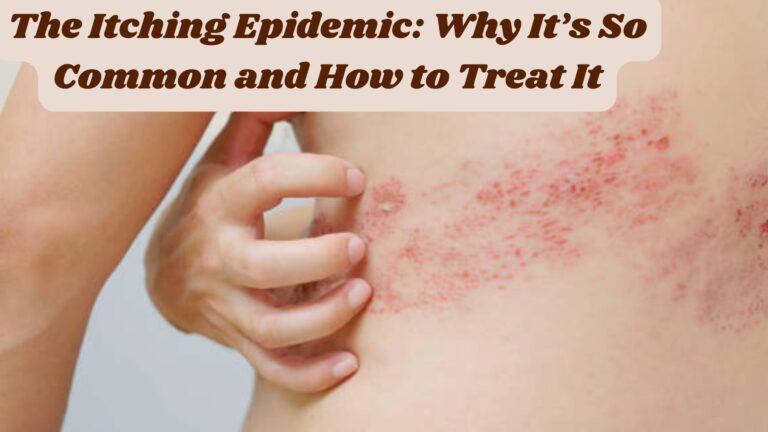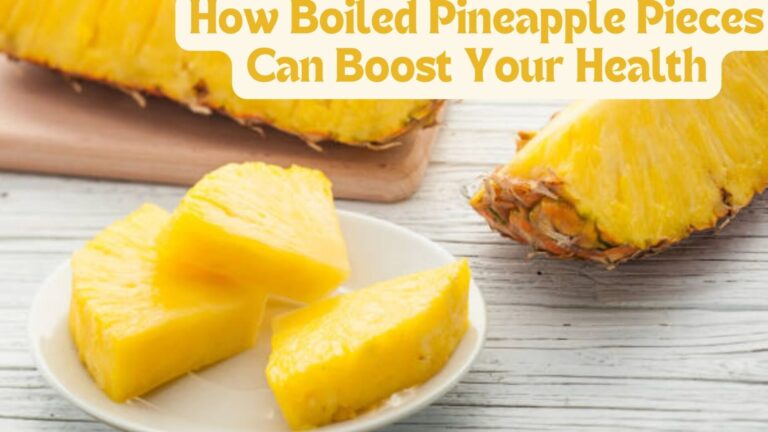Introduction:
“Navigating the Additive Spectrum: Your Essential Guide to Food Hydrocolloids and Their General Roles”
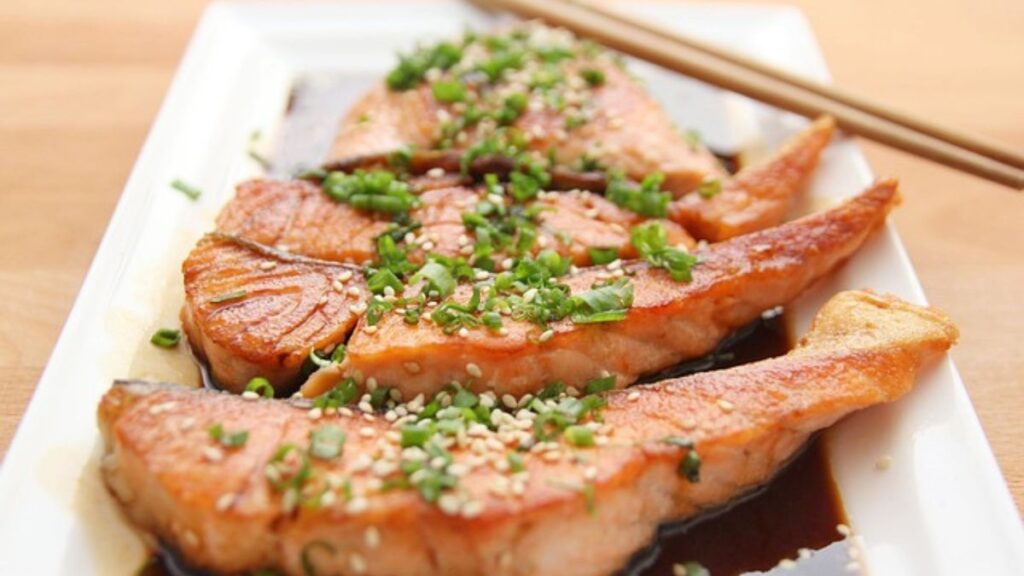
Food hydrocolloids are essential additives in food science that offer functions like enhancing texture and stability, thus creating palatable culinary experiences.
Unveiling the World of Food Hydrocolloids
- Food hydrocolloids are natural substances that attract water and have various functions in food.
- They are classified as polysaccharides, proteins, or other complex structures.
- Well-known types include agar-agar, pectin, carrageenan, gelatin, and xanthan gum.
- These substances can modify the rheological properties of foods.
- They are used as thickeners, gelling agents, emulsifiers, or stabilizers.
- Understanding their synergies with other ingredients is crucial for optimizing their performance.
General Roles in Enhancing Texture
- Food hydrocolloids are crucial for enhancing food texture.
- They can:
- Modify texture
- Act as gelling agents
- Thicken liquids
- Stabilize emulsions
- Provide creaminess in dairy products
- Interact with proteins to achieve desired textures
- Food hydrocolloids offer versatile solutions for various textures:
- Meeting consumer preferences
- Facilitating innovation in food formulation
Stability Matters:Food Hydrocolloids in Action
- Food hydrocolloids are essential for stabilizing food formulations and extending shelf life.
- They can stabilize emulsions.
- They can suspend particles.
- They can prevent syneresis.
- They can improve freeze-thaw stability.
- They can extend shelf life.
- They can form gels, which contribute to stability and prevent leakage.
- Food hydrocolloids are compatible with different pH and ionic conditions, making them versatile additives.
Quality Assurance through Food Hydrocolloids
- Food hydrocolloids are additives that:
- Ensure food consistency
- Enhance flavor
- Improve mouthfeel
- Preserve nutritional value
- Regulate water activity
- Customize product characteristics
- Enhance visual appeal
- Replace allergens and fats
- They contribute to the overall quality and consumer satisfaction of food products.
Innovations and Future Trends
- Innovations in clean label formulations
- Plant-based alternatives
- Advanced texture modifiers
- Nanotechnology applications
- Tailored solutions for health and wellness
- Smart food design
- Cross-industry collaborations
- Personalized nutrition
- AI-driven formulation
- Biodegradable films
How do hydrocolloids affect food shelf life?
Hydrocolloids, a group of substances that form gels when mixed with water, significantly impact food shelf life through various mechanisms:
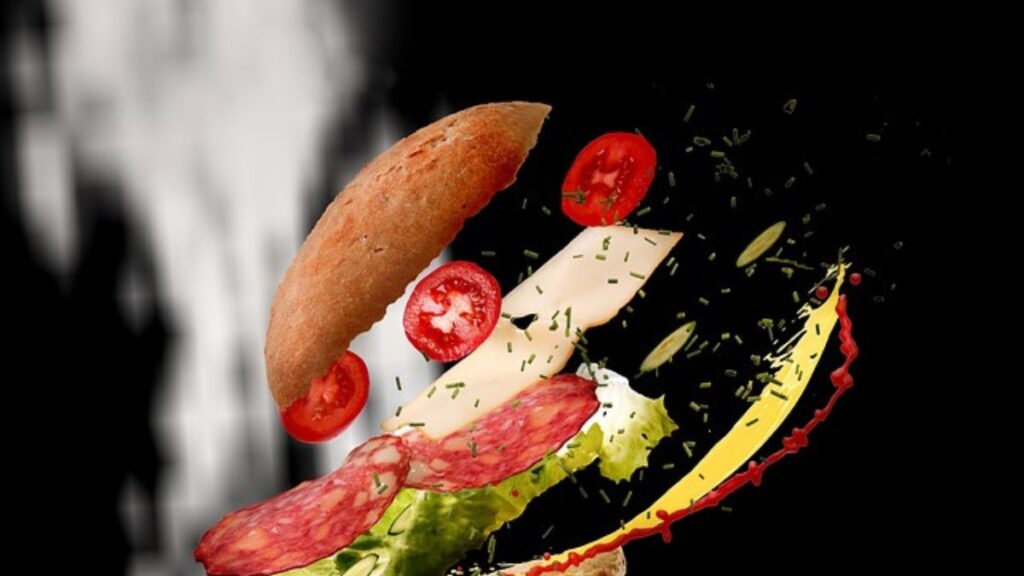
- Hydrocolloids like xanthan gum, carrageenan, and alginate help retain moisture in foods, preventing them from drying out.
- Hydrocolloids stabilize the texture of foods, preventing changes during storage.
- Hydrocolloids help stabilize emulsions, preventing the separation of oil and water phases.
- Some hydrocolloids, like chitosan, have antimicrobial properties that inhibit the growth of bacteria and fungi.
- Hydrocolloids can form protective films around food products, reducing exposure to oxygen.
- Hydrocolloids enhance the freeze-thaw stability of foods, reducing the deterioration of texture and quality after freezing and thawing cycles.
- Hydrocolloids often work synergistically with other preservatives, enhancing their effectiveness.
Hydrocolloids extend shelf life by enhancing moisture retention, texture, stability, reducing microbial growth, and oxidation.
How are hydrocolloids used in vegan and gluten-free products?
Hydrocolloids mimic the textures and functionalities of animal products and gluten in vegan and gluten-free products.
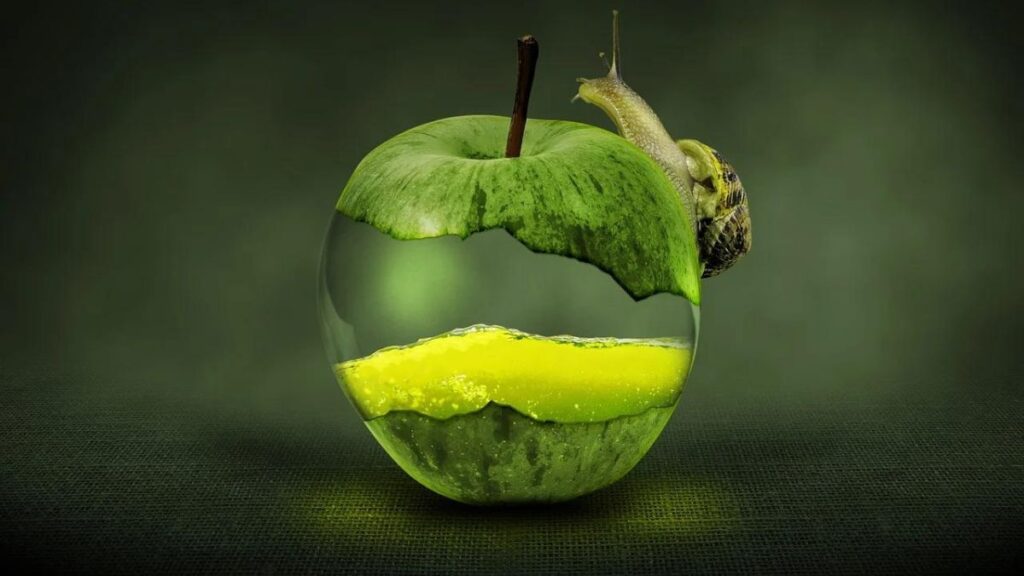
- Texture and Mouthfeel Enhancement:
- Agar-agar and carrageenan are used in vegan products to replicate the gelatinous texture of gelatin, commonly found in desserts, jellies, and puddings.
- Xanthan gum and guar gum improve the mouthfeel and viscosity of sauces, dressings, and dairy-free ice creams, making them creamier and more palatable.
- Emulsion Stabilization:
- Lecithin, often derived from soy, is used in vegan products to stabilize emulsions in plant-based milks, mayonnaise, and dressings, preventing separation and ensuring a smooth consistency.
- Carboxymethyl cellulose (CMC) and xanthan gum are used in non-dairy cheeses and spreads to maintain a consistent texture.
- Gluten Replacement in Baking:
- Xanthan gum, guar gum, and locust bean gum are extensively used in gluten-free baking to provide the elasticity and structure that gluten offers. They help trap air bubbles during baking, resulting in a better rise and texture in bread, cakes, and cookies.
- Psyllium husk can also be used to improve the crumb structure and moisture retention in gluten-free baked goods.
- Moisture Retention and Shelf Life Extension:
- Hydroxypropyl methylcellulose (HPMC) and methylcellulose are used in vegan and gluten-free products to retain moisture, which prevents dryness and extends shelf life. This is particularly important in gluten-free breads and baked goods.
- Agar-agar and carrageenan in dairy-free yogurts and desserts help maintain moisture, improving texture and shelf stability.
- Gelling and Thickening:
- Agar-agar and pectin are used in vegan jams, jellies, and dessert gels as gelling agents. These hydrocolloids provide a similar texture to gelatin-based products without using animal-derived ingredients.
- Tapioca starch and arrowroot are used in gluten-free baking and cooking to thicken sauces, soups, and gravies, providing a desirable consistency.
- Fat Replacement:
- Cellulose derivatives (e.g., microcrystalline cellulose) are used in low-fat or fat-free vegan and gluten-free products to mimic the mouthfeel of fat. They can provide creaminess in reduced-fat dairy alternatives and salad dressings.
Hydrocolloids allow manufacturers to make vegan and gluten-free products that mimic traditional products, improving the experience and ensuring stability.
What is the role of hydrocolloids in food stabilization?
Hydrocolloids stabilize food by modifying food system properties.
- Thickening:
- Function: Hydrocolloids increase the viscosity of liquids, turning them into thicker, more stable systems.
- Application: Used in sauces, soups, and dressings to provide a desirable thickness and mouthfeel, preventing separation of components.
- Gel Formation:
- Function: Certain hydrocolloids form gels when dispersed in water, creating a stable network that entraps water and other ingredients.
- Application: Used in products like jellies, desserts, and plant-based cheeses to provide structure and stability.
- Emulsion Stabilization:
- Function: Hydrocolloids stabilize emulsions by reducing surface tension and preventing the coalescence of oil droplets.
- Application: Essential in salad dressings, mayonnaise, and ice creams to maintain a uniform texture and prevent separation of oil and water phases.
- Suspension of Particulates:
- Function: They help suspend solid particles in liquid systems, preventing settling.
- Application: Used in products like fruit juices with pulp, salad dressings with herbs, and yogurt with fruit pieces to ensure even distribution.
- Moisture Retention:
- Function: Hydrocolloids have high water-binding capacities, which helps retain moisture in foods.
- Application: Important in baked goods, meats, and dairy products to maintain moisture, prevent dryness, and extend shelf life.
- Freeze-Thaw Stability:
- Function: They improve the stability of frozen products by minimizing ice crystal formation and water migration during freeze-thaw cycles.
- Application: Used in frozen desserts, ready-to-eat meals, and vegetables to maintain texture and quality after thawing.
- Synergistic Effects with Other Ingredients:
- Function: Hydrocolloids can interact synergistically with other ingredients, such as proteins and other polysaccharides, to enhance overall stability.
- Application: In products like dairy-free yogurts and puddings, where combining hydrocolloids can improve texture and prevent syneresis (water separation).
Conclusion:
Food hydrocolloids are versatile additives that enhance texture, maintain stability, and ensure quality in food products.
Frequently Asked Questions (FAQs)
1. What are food hydrocolloids?
Food hydrocolloids are substances that form gels when mixed with water. They are widely used in the food industry to alter the texture, stability, viscosity, and appearance of food products. Common examples include agar, alginate, carrageenan, gelatin, pectin, and xanthan gum.
2. What are the main functions of hydrocolloids in food?
The primary functions of hydrocolloids in food include:
- Thickening: Increasing the viscosity of liquids.
- Gelling: Forming gels to provide structure and texture.
- Stabilizing: Preventing the separation of ingredients.
- Emulsifying: Helping to mix water and oil phases.
- Film-forming: Creating edible films for coatings and wraps.
3. How do hydrocolloids improve the texture of food?
Hydrocolloids improve texture by:
- Increasing viscosity, making liquids feel thicker and richer.
- Forming gels that give a firm, elastic, or soft structure.
- Enhancing mouthfeel and creaminess in products like sauces and dairy items.
4. Are hydrocolloids safe to consume?
Yes, most hydrocolloids used in food production are safe to consume and are approved by regulatory bodies like the FDA and EFSA. They are often derived from natural sources such as plants, seaweed, or microbial fermentation.
5. Can hydrocolloids be used in low-fat or low-sugar products?
Absolutely. Hydrocolloids are frequently used in low-fat and low-sugar products to replicate the texture and mouthfeel provided by fat and sugar. They help maintain the desired sensory properties without adding calories.
References
- “Food Hydrocolloids: Practical Guides for the Food Industry” by Andrew G. Renard and Philip A. Williams
- This book offers a detailed look at the practical applications and science behind hydrocolloids in food.
- “Hydrocolloids in Food Processing” edited by James N. BeMiller and Roy L. Whistler
- A comprehensive resource covering various types of hydrocolloids and their roles in food production.
- “Food Hydrocolloids” journal
- A leading journal that publishes research articles on the science and technology of hydrocolloids in food.
- “Polysaccharides and Polyamides in the Food Industry” by Alexander Steinbüchel and Stephan R. R. James
- This book covers the chemistry, technology, and applications of hydrocolloids in the food industry.
- European Food Safety Authority (EFSA) and U.S. Food and Drug Administration (FDA) websites
- These websites provide regulatory information and safety assessments of food additives, including hydrocolloids.

